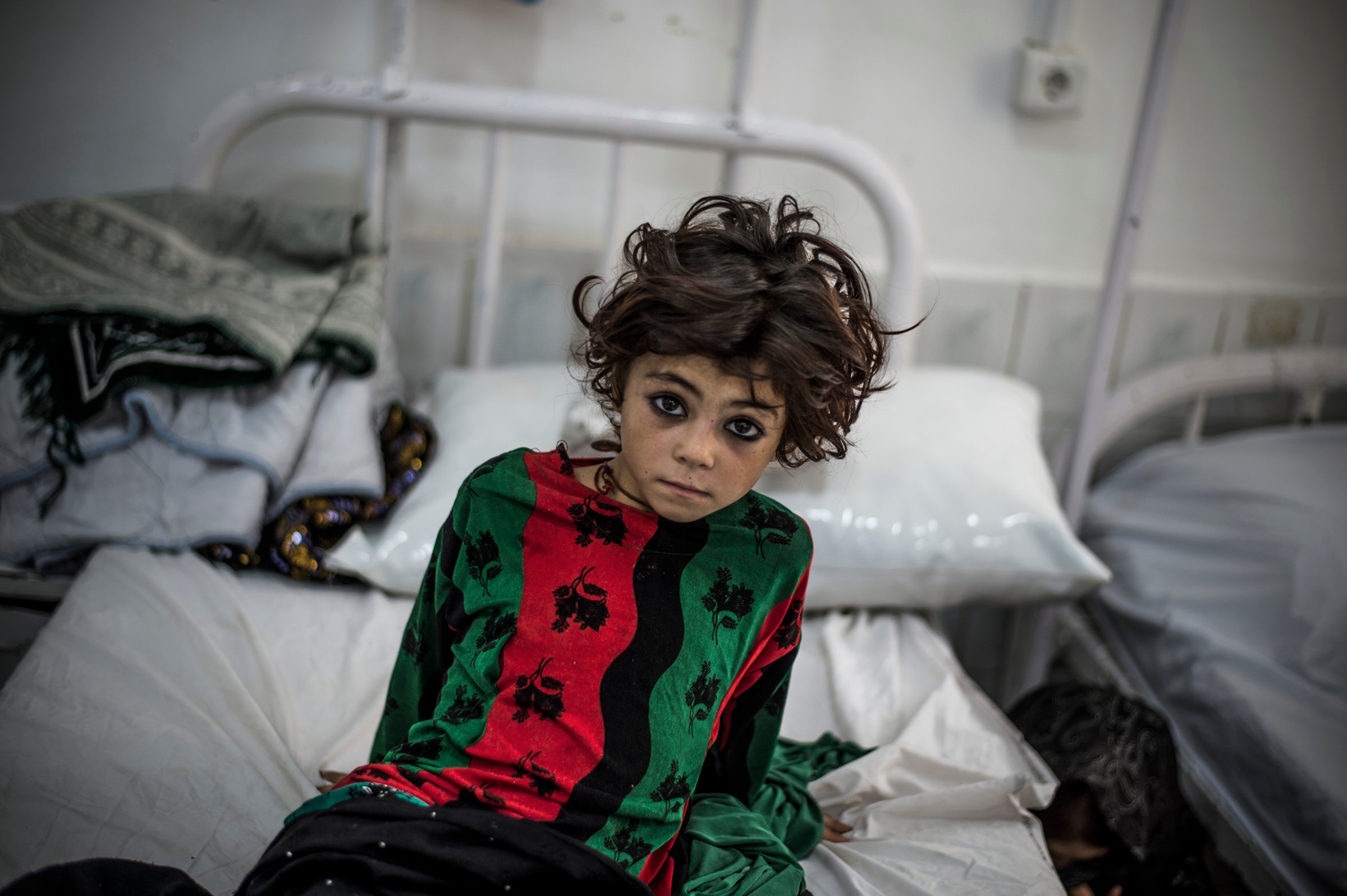
Dutch photojournalist Kadir Van Lohuizen was never a contract or staff photographer. “I work best when not surrounded by my colleagues,” he tells TIME. “I need to work on my own stories.”
Lohuizen’s solo work has led him across the world, covering conflicts largely forgotten. After a three-week stint in Afghanistan in 2001, he worked a multi-platform project on migration in the Americas and documented the dramatic impact of rising sea levels across the globe. He went on to co-found Noor Agency in 2007 and became a World Press Photo supervisory board member. But one story still stuck with him: 17 years later, he returned to Helmand, Afghanistan.
“We often assume that no news is good news, but when the TV cameras have faded away, it’s only gotten worse instead of better, so I felt that I had a responsibility to document this,” he says.
Afghanistan has been at war since the Russians invaded in 1979. As U.S. and NATO forces continue to withdraw and despite $800 billion in funding from U.S. Congress, the Afghan government struggles to maintain control of the country. Arriving just 14 days after NPR journalist David Gilkey died in a shelling, Lohuizen documented Medecins Sans Frontieres’ largest hospital in Helmand as the Taliban prepared to take the city. “I had to find not only the images but also the stories in a few square feet in the hospital grounds,” he says. “I was dying to explore the situation around the city but that would have been suicidal. You take a risk by walking the streets.”
Serving approximately one million people with 300 beds, the MSF hospital in Helmand is the biggest hospital in southern Afghanistan and one of the few hospitals in the province. Nearly 700 Afghan staff and 25 expats live and work in the hospital’s units, from pediatrics to intensive care, orthopedics, burns, first aid and surgery. The hospital is free, for those lucky enough to get in. “Most of the countryside is under the control of the Taliban, so many patients who come from those areas are crossing front lines to reach the hospital,” Lohuizen says. “You can only imagine how many people die or how many unborn babies don’t make it—even doctors or nurses get killed or are kidnapped. So those who make it to the hospital are the people who make it.”
Following the tragic bombing of the MSF hospital in Kunduz last year, the suicide bomb at a Pakistan hospital and more recently, an air strike that hit another MSF outpost in Yemen, hospitals like the one in Helmand are not only overloaded, but also serious targets. “To see them still operating is admirable,” he says. “If you work for MSF, you don’t do this for the money. You only do this if you think you have to do this, if you sincerely believe that this is necessary and that somebody needs to do it—and it’s true.”
Kadir Van Lohuizen is a documentary photographer from the Netherlands. He is co-founder of Noor and a World Press Photo supervisory board member.
Alice Gabriner, who edited this photo essay, is TIME’s International Photo Editor.
Rachel Lowry is a writer and contributor for TIME LightBox. Follow her on Twitter and Instagram.


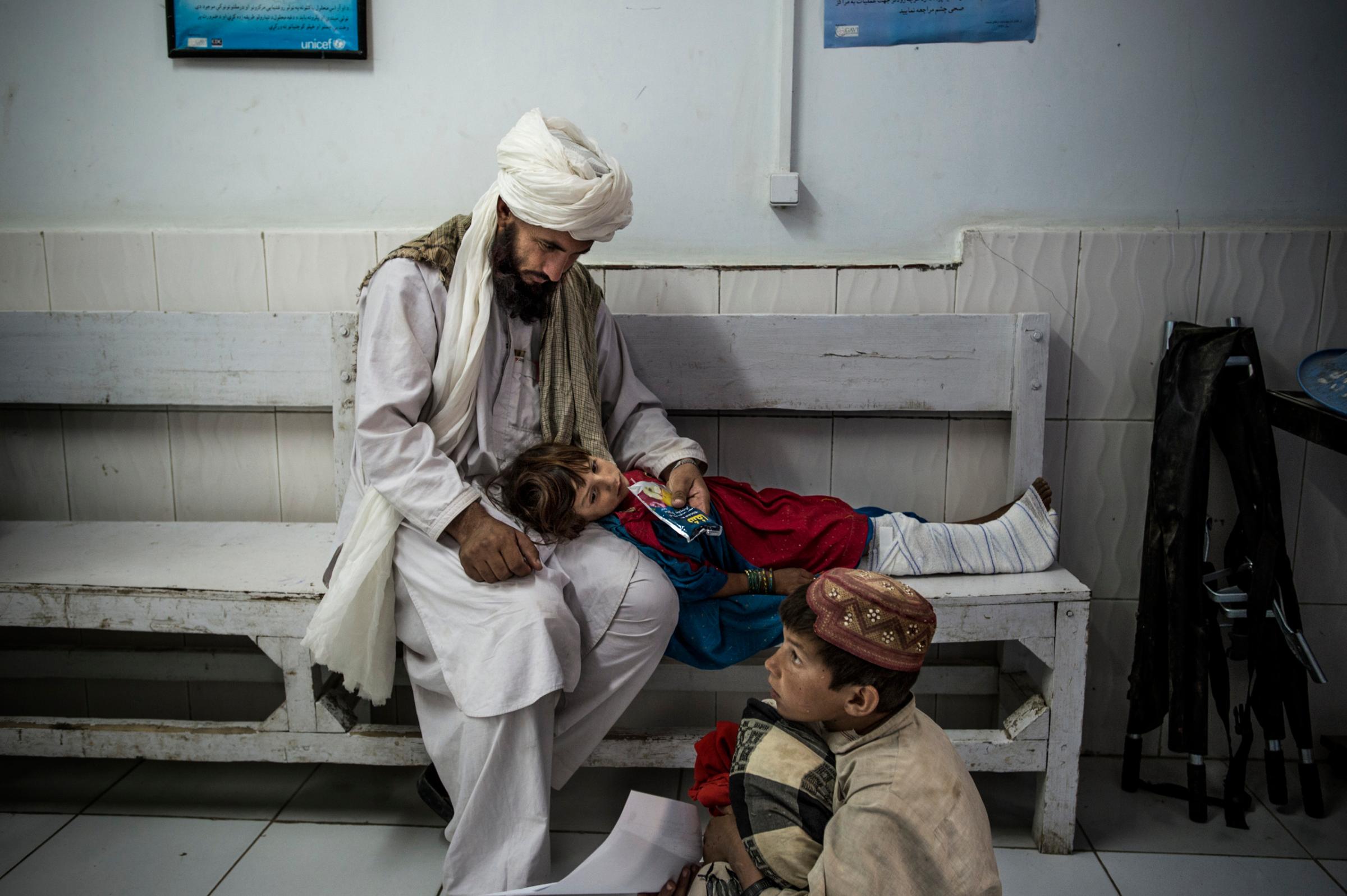

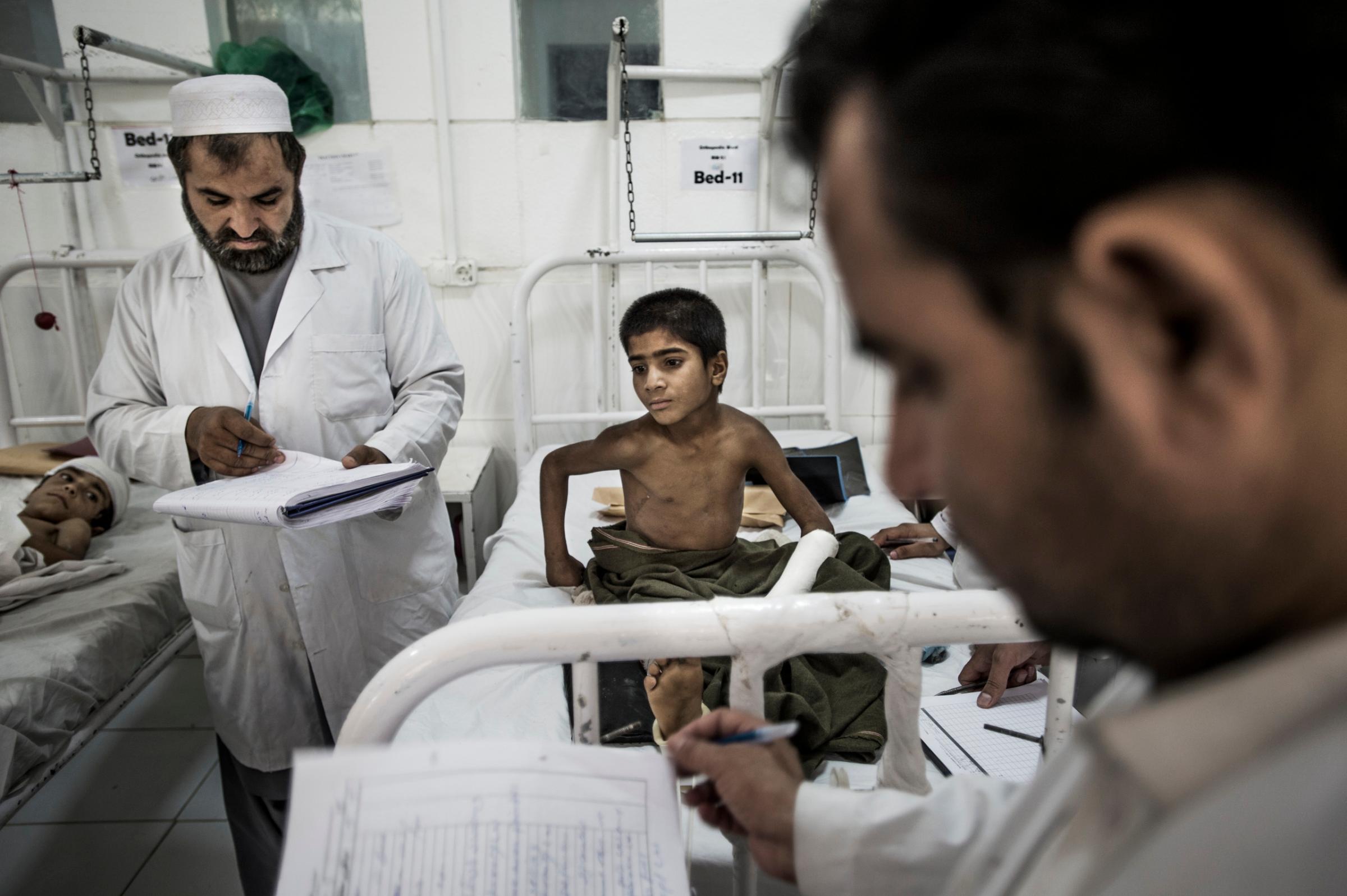
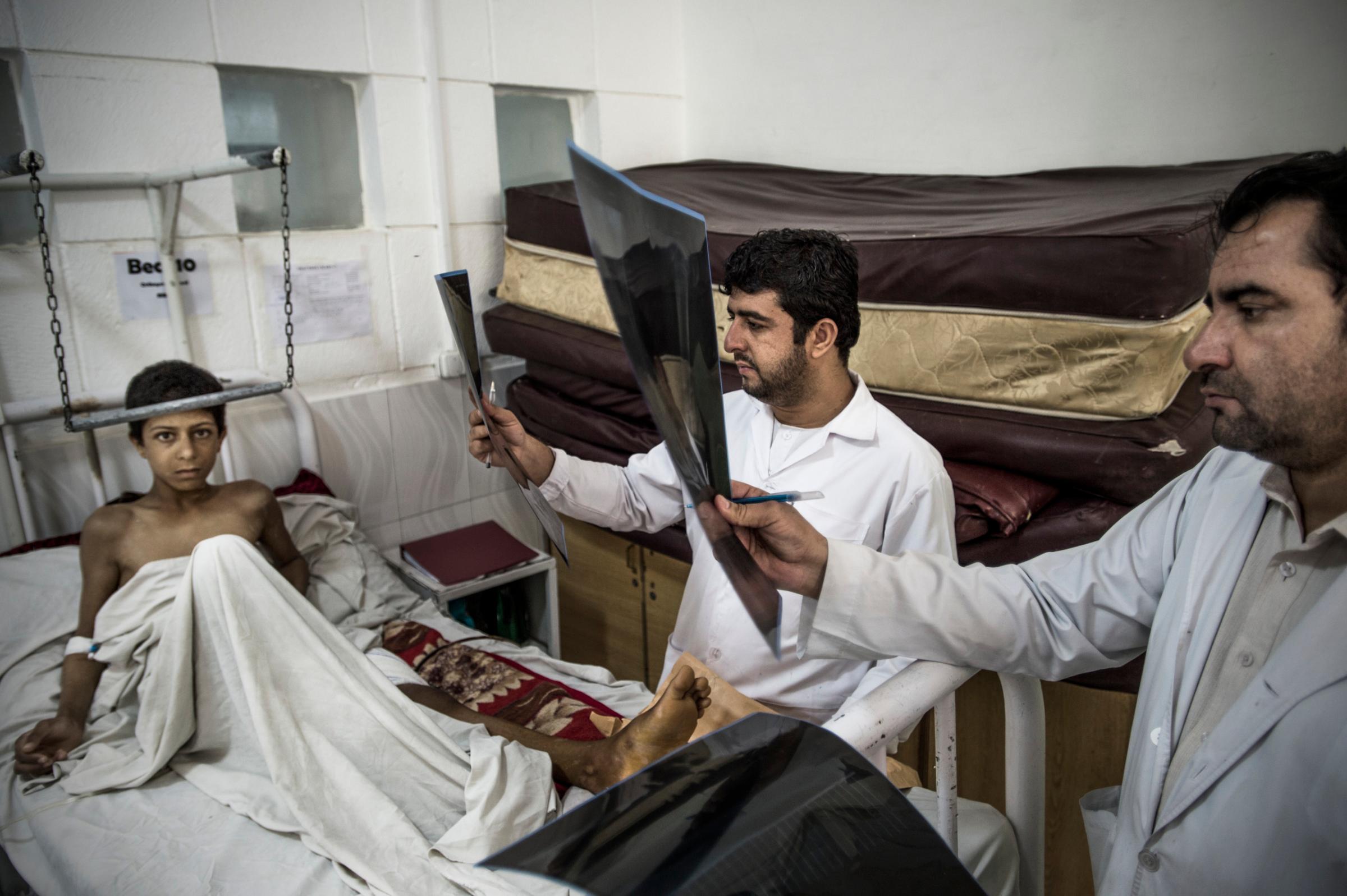
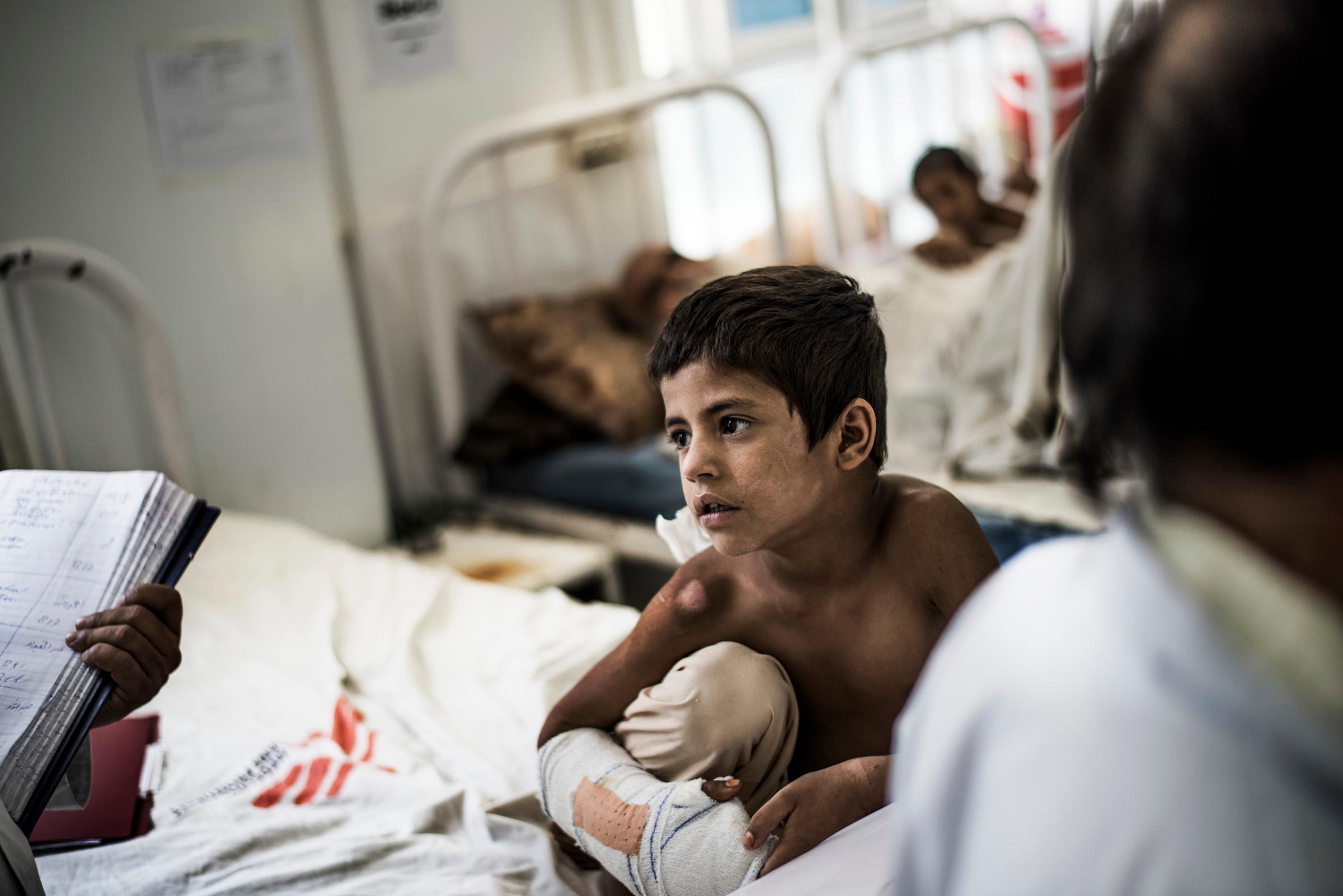
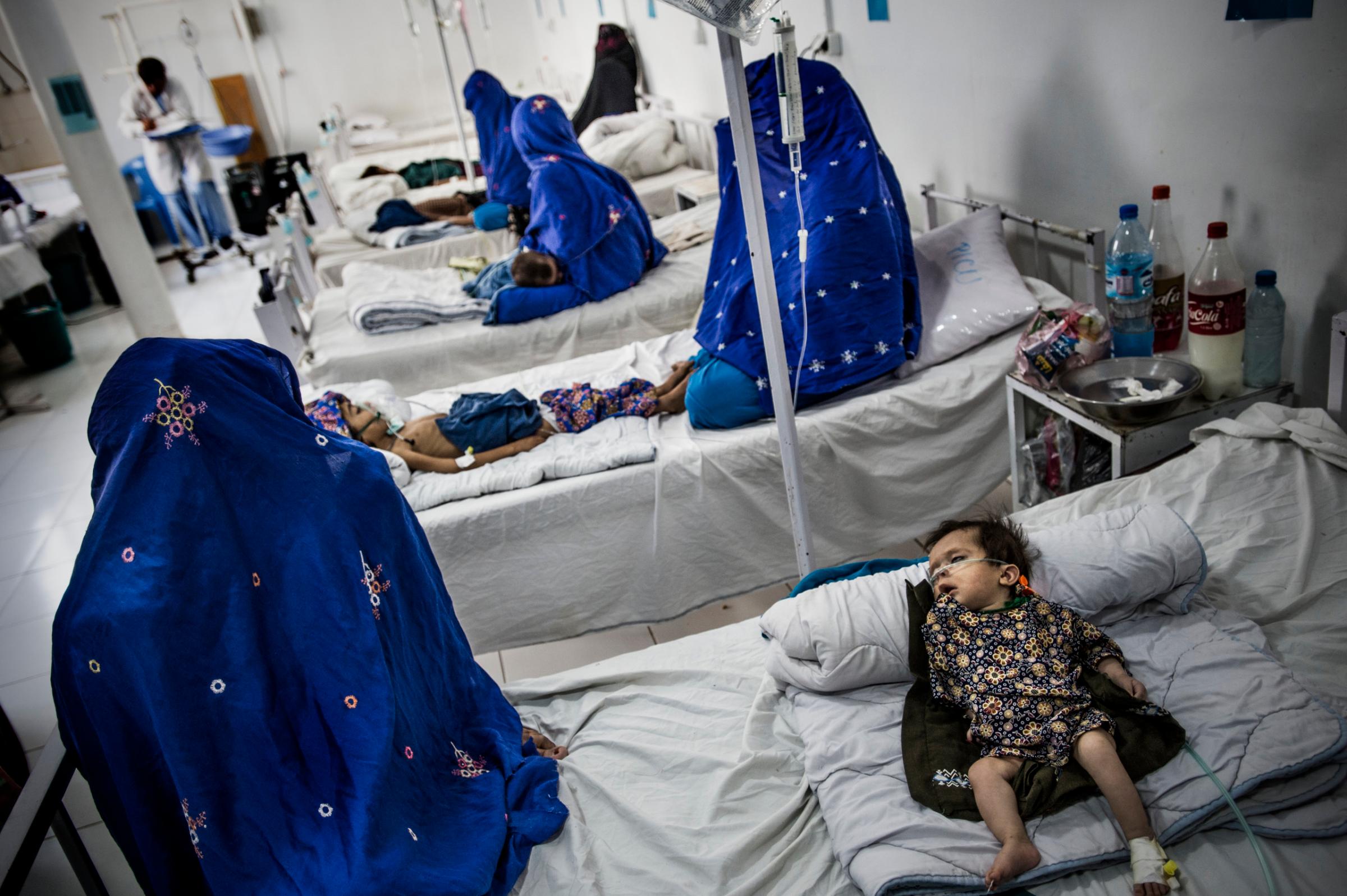
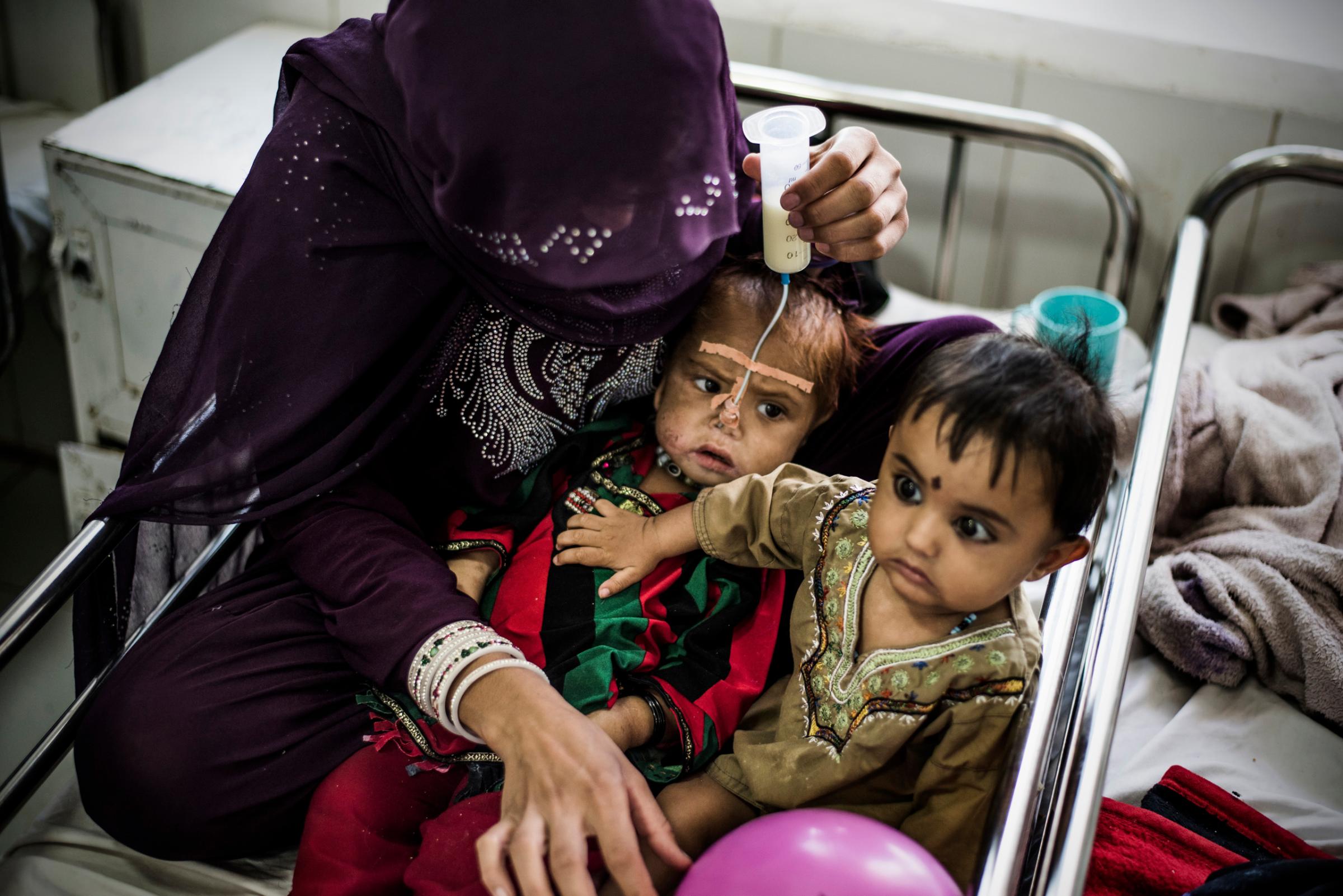
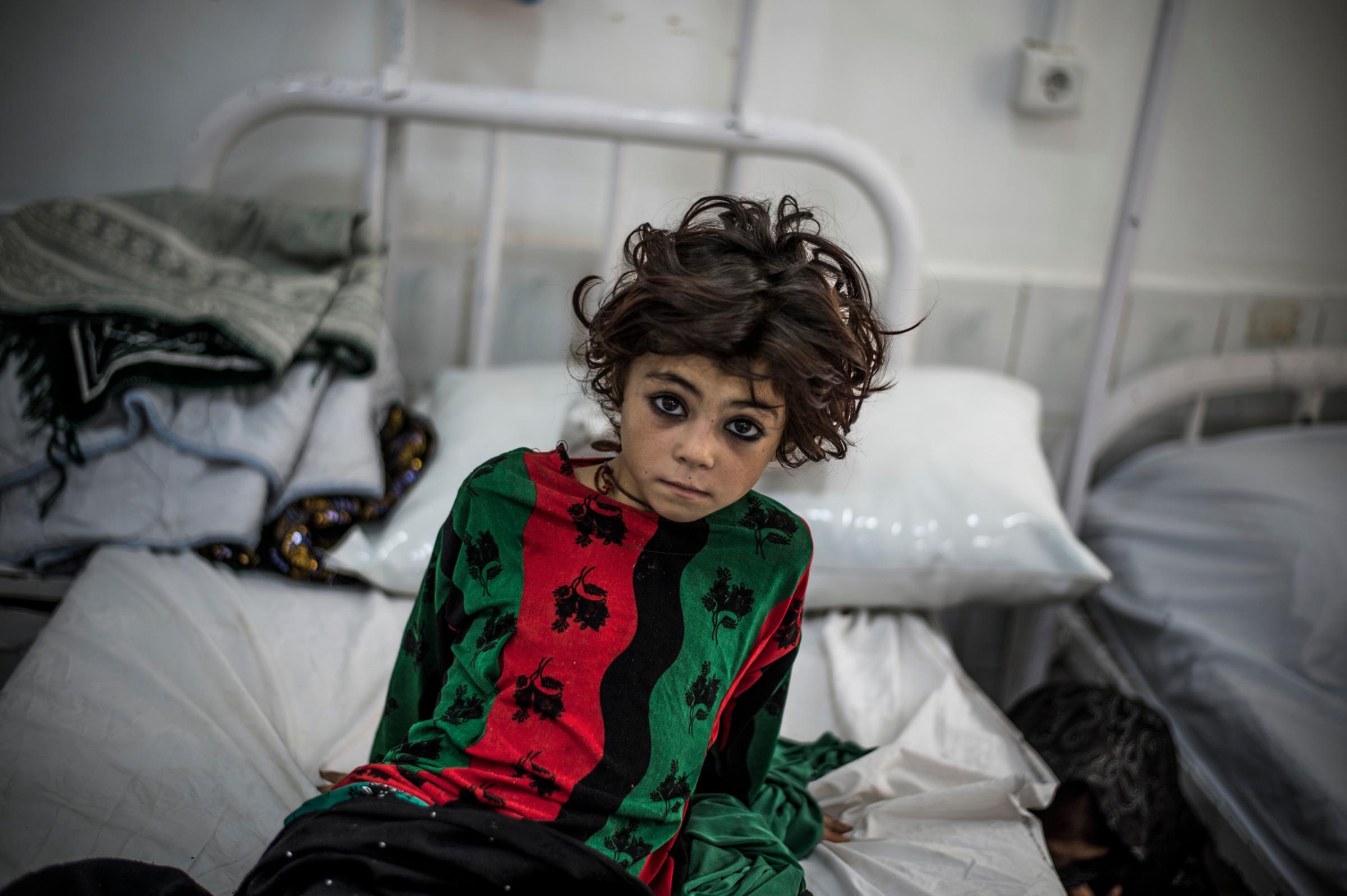
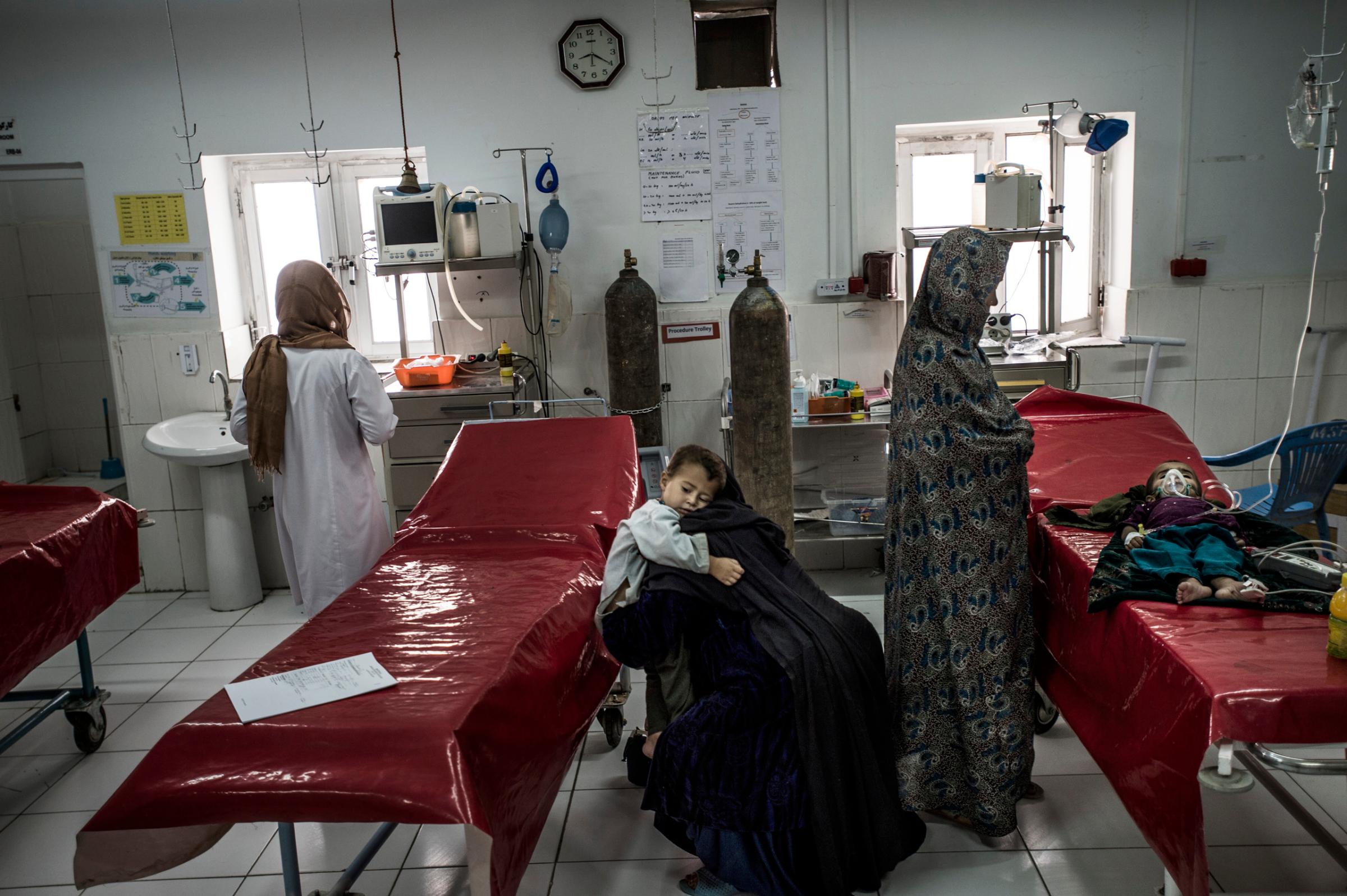
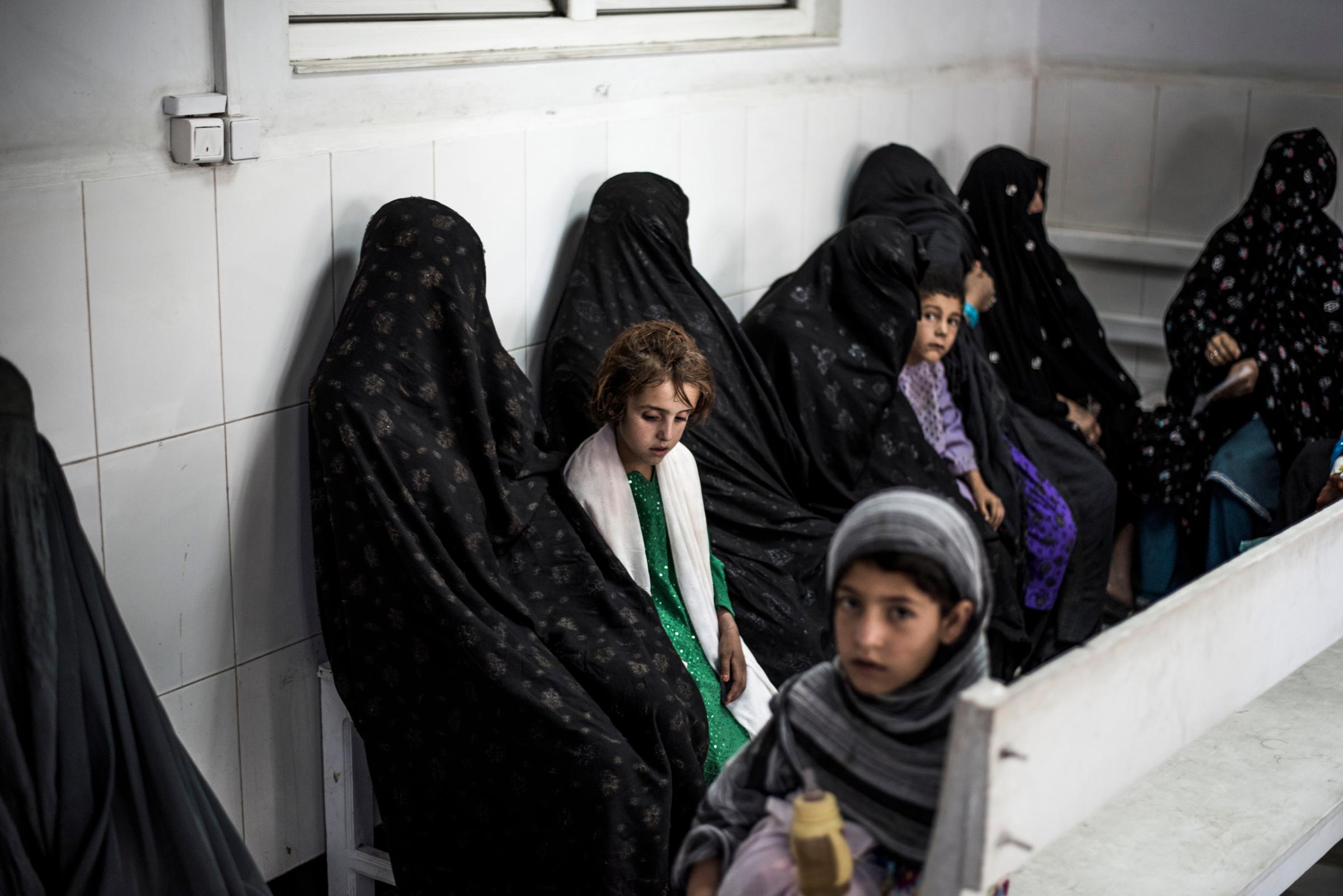
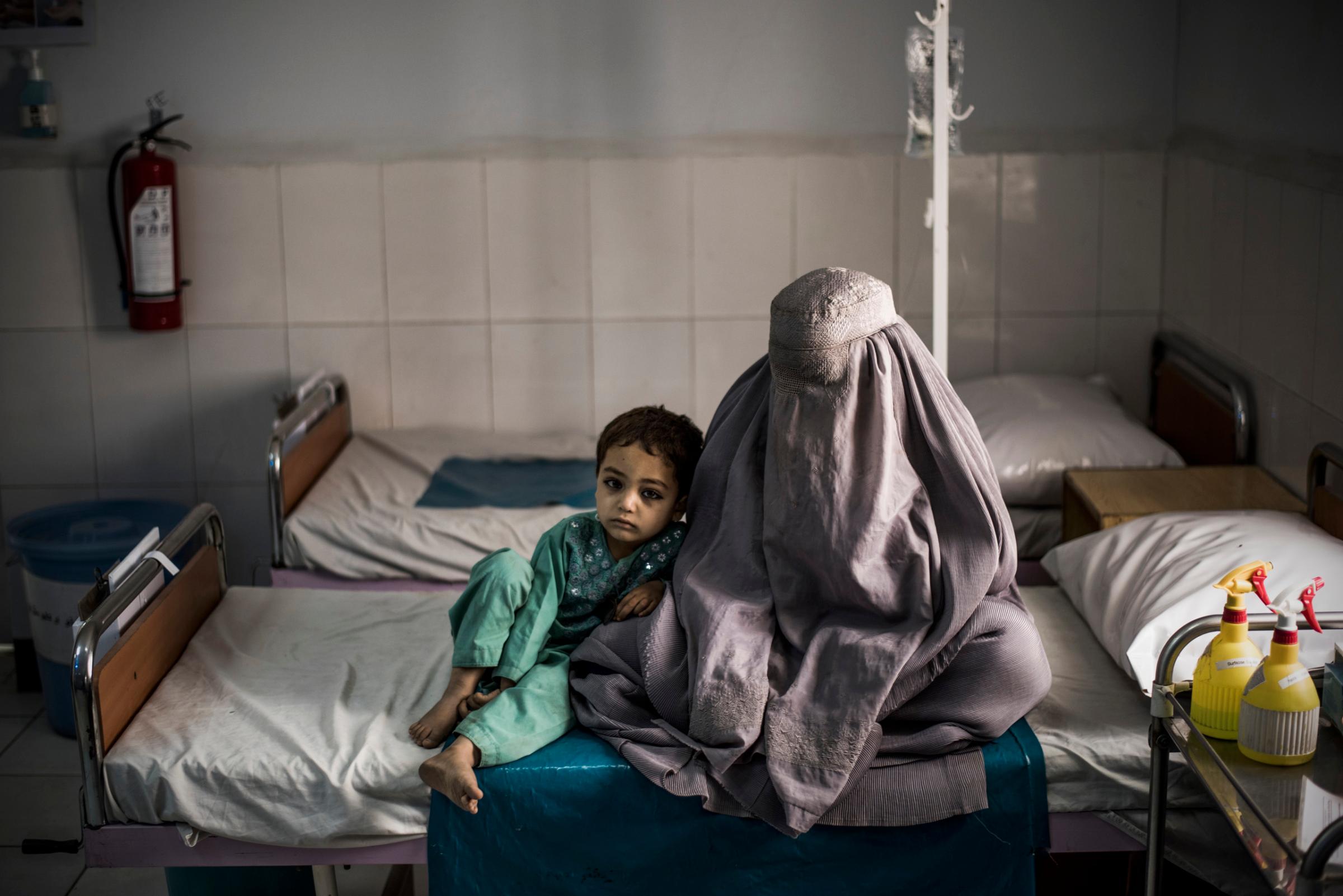

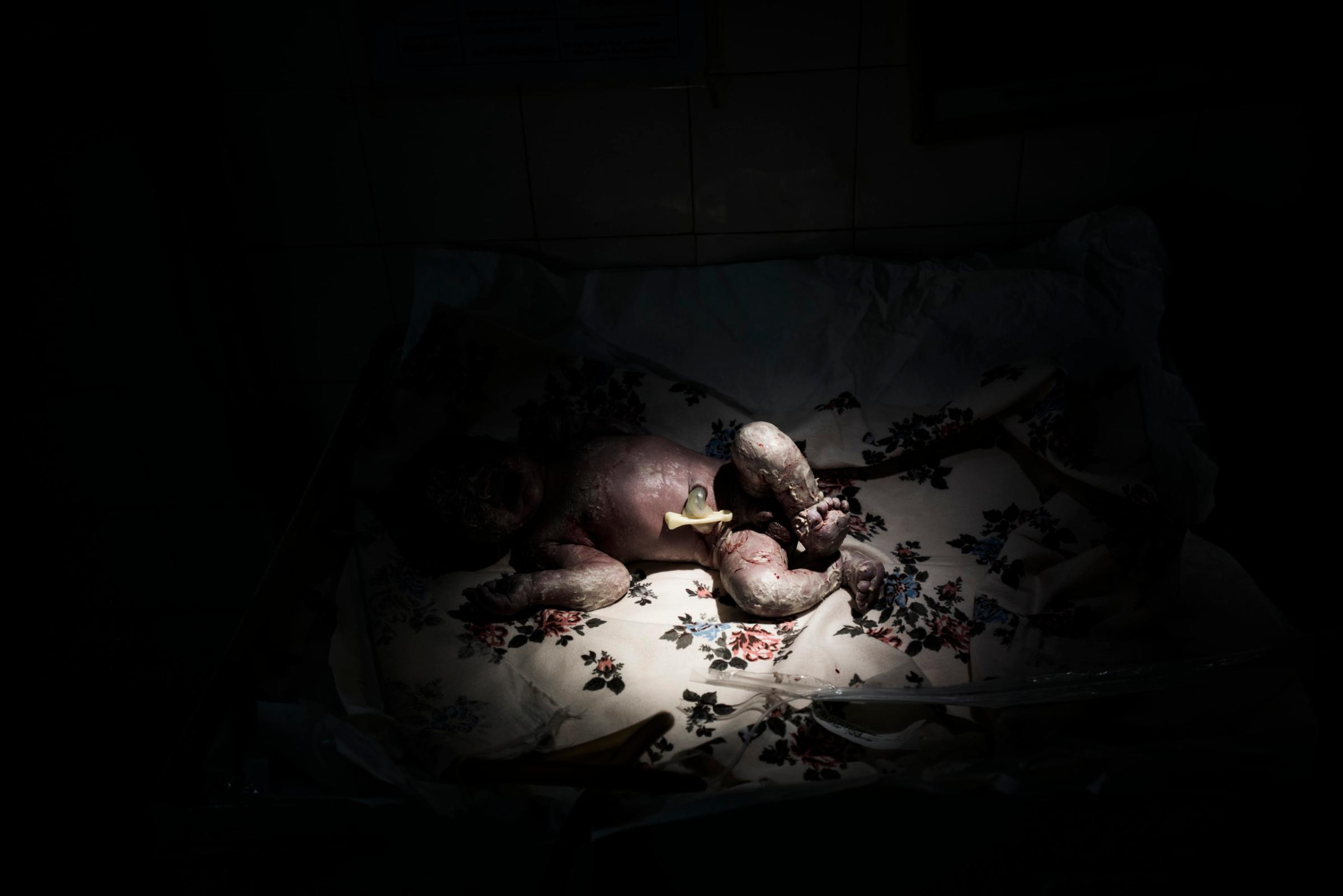
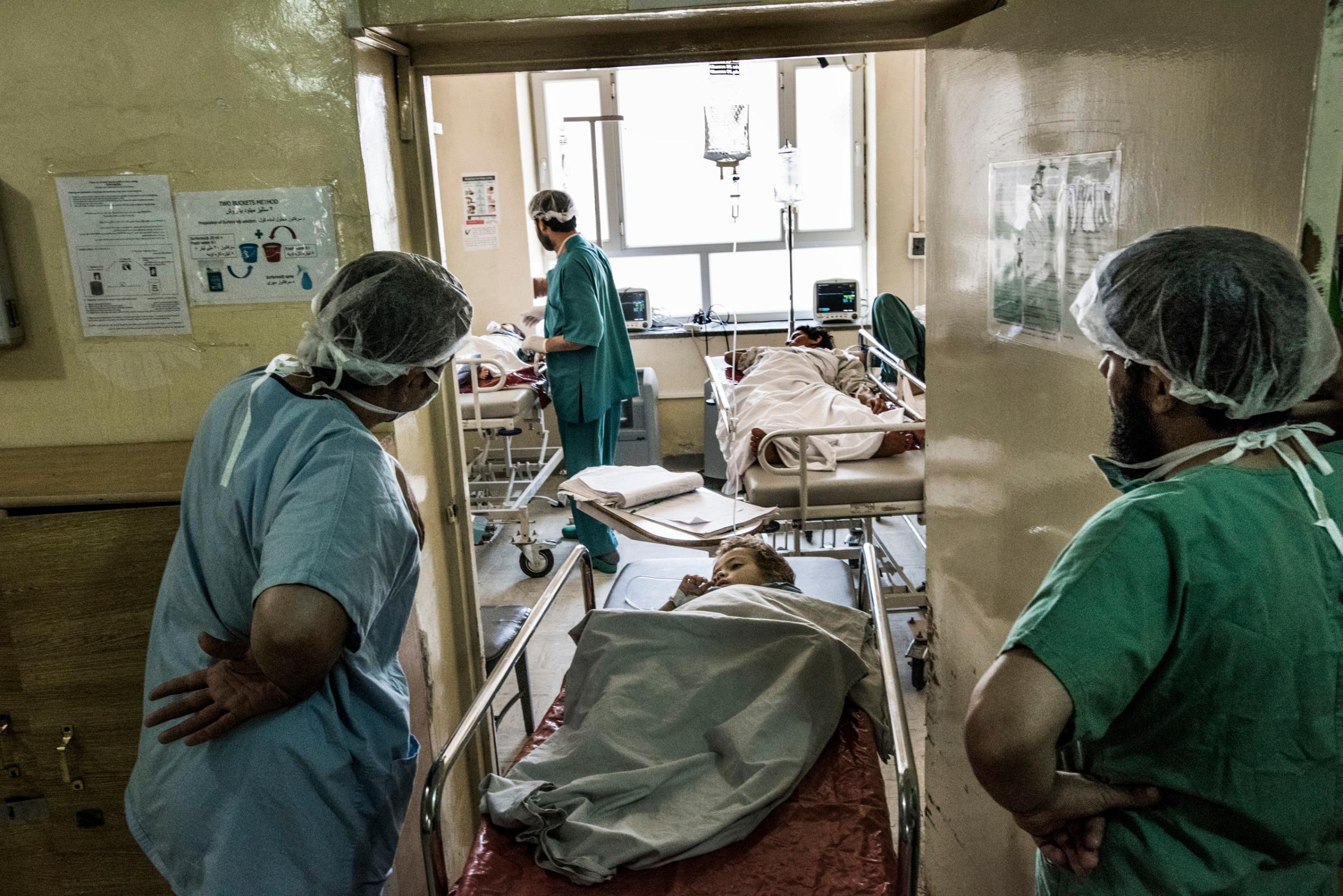
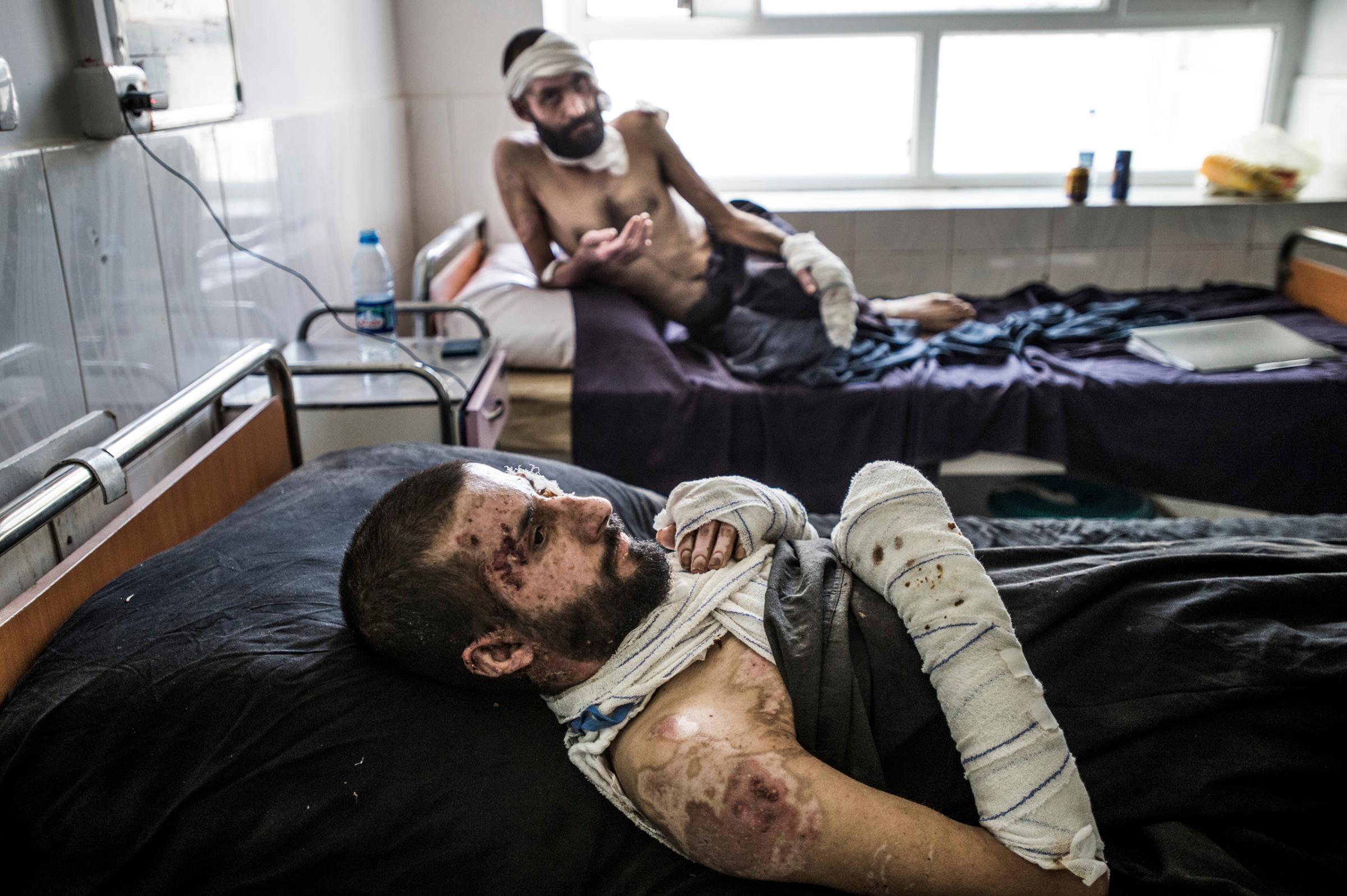
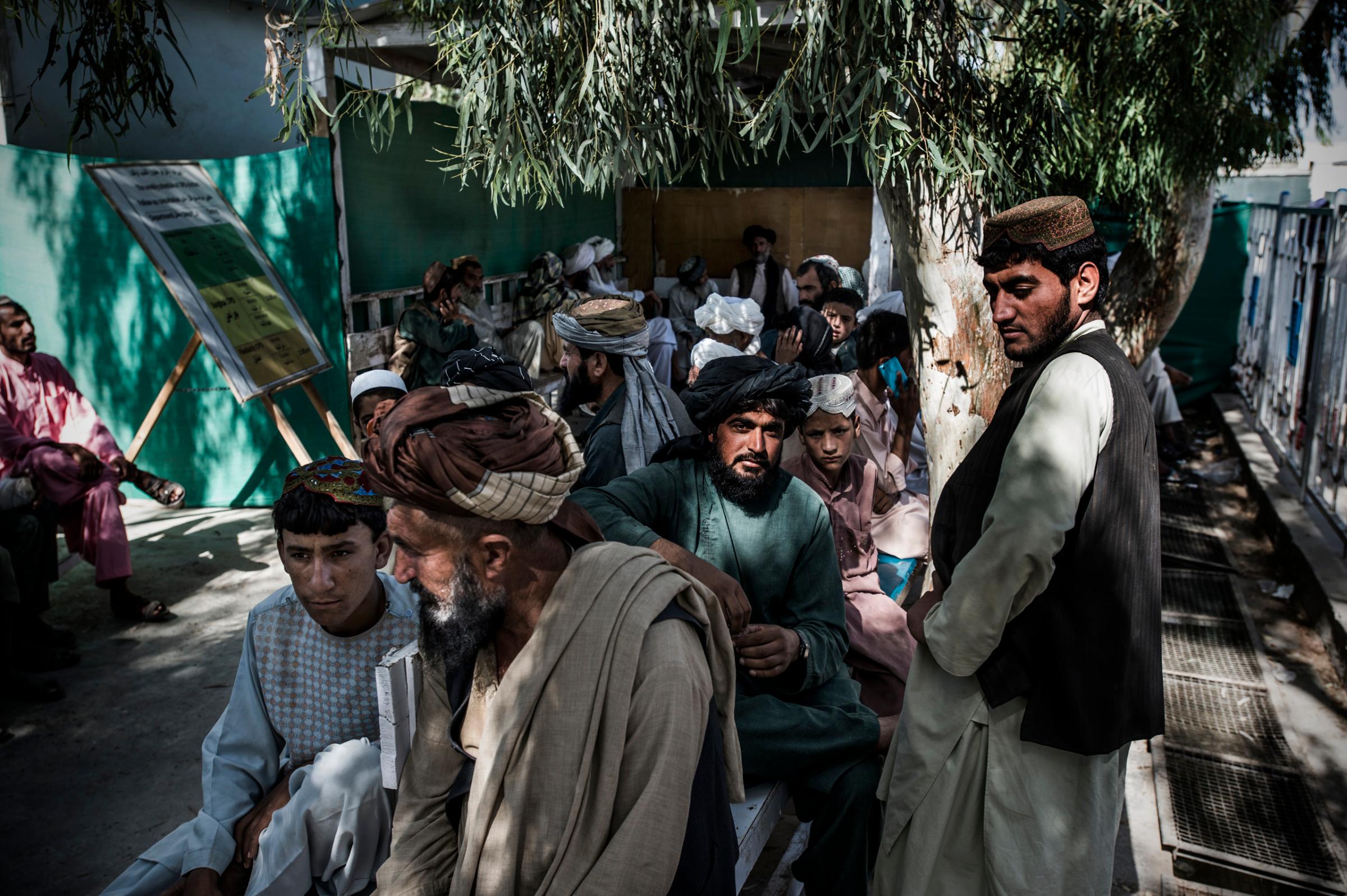
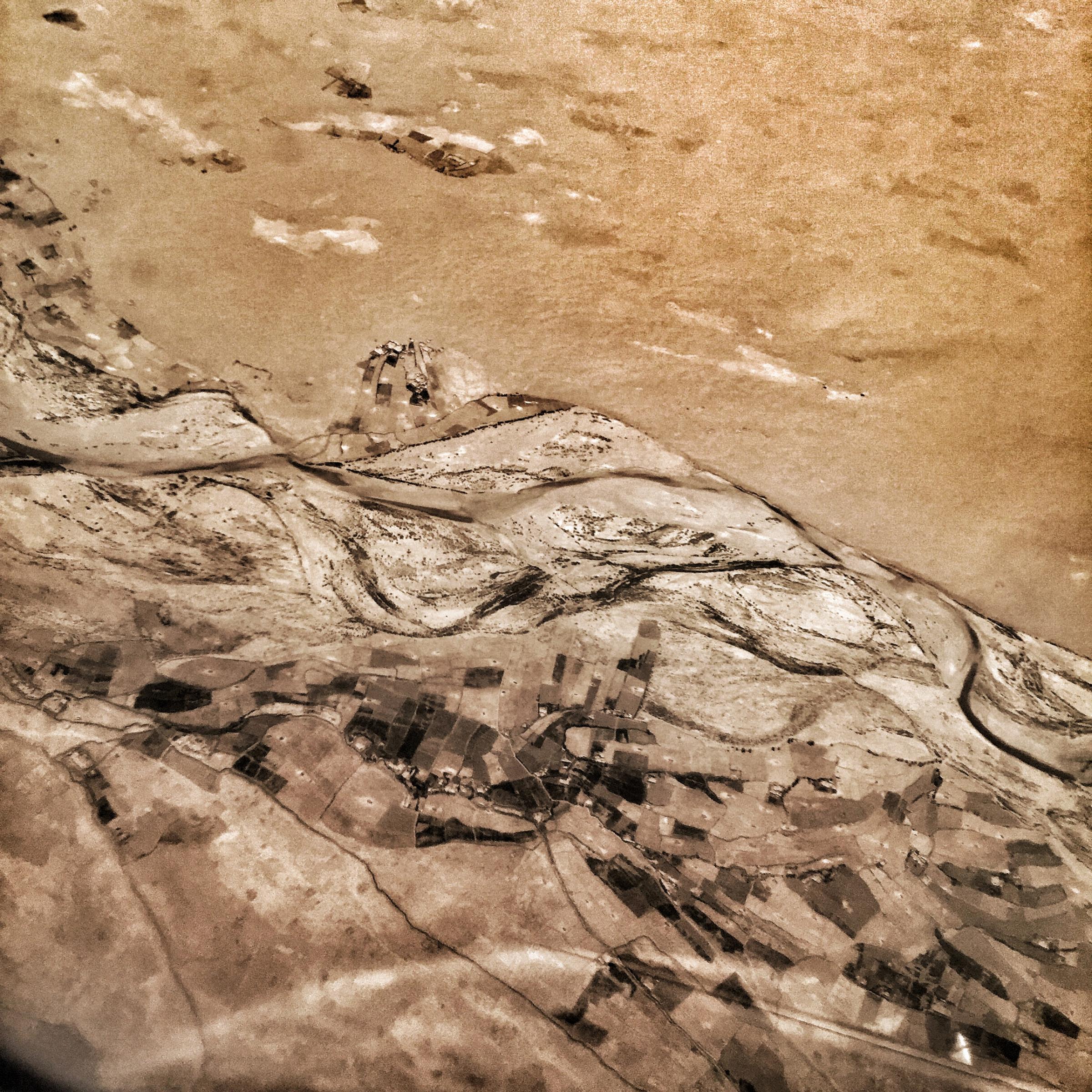
More Must-Reads From TIME
- The 100 Most Influential People of 2024
- The Revolution of Yulia Navalnaya
- 6 Compliments That Land Every Time
- Stop Looking for Your Forever Home
- If You're Dating Right Now , You're Brave: Column
- The AI That Could Heal a Divided Internet
- Fallout Is a Brilliant Model for the Future of Video Game Adaptations
- Want Weekly Recs on What to Watch, Read, and More? Sign Up for Worth Your Time
Contact us at letters@time.com